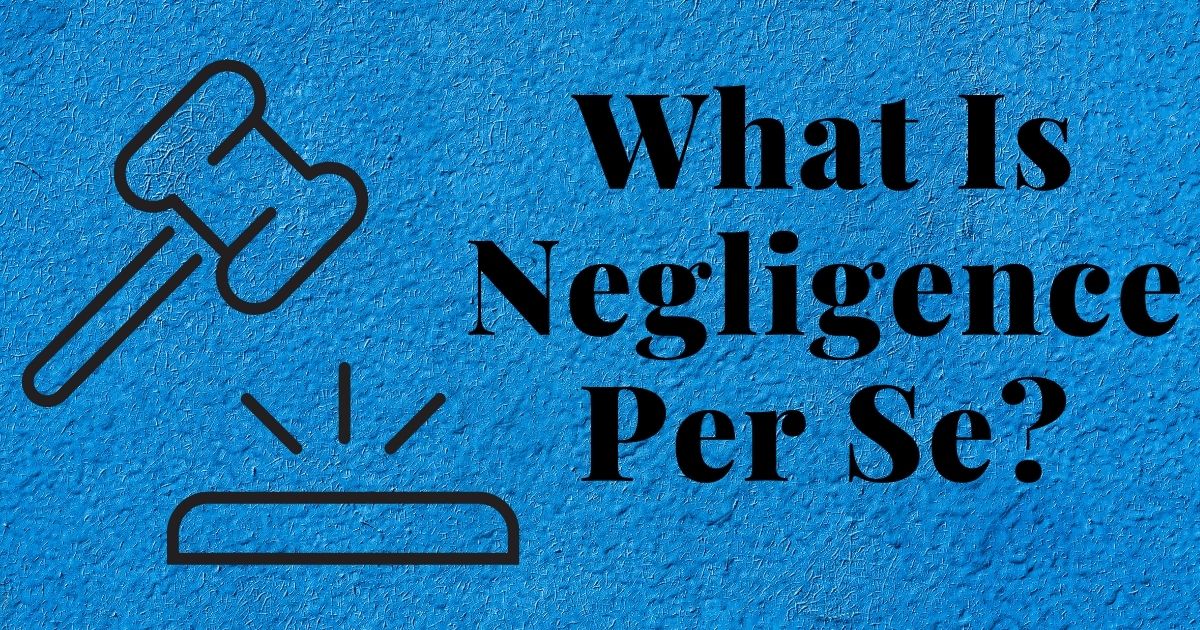We previously addressed the term “negligence” and how that term is used in civil law, and, more specifically, in personal injury cases. However, at Parnell, Michels & McKay, we often use a theory called “negligence per se” to increase our chances of success in an injury lawsuit. Negligence per se is the legal doctrine where an act is considered automatically negligent because the person violated a statute or regulation.
Typically, this can be seen in a traditional auto accident case. For example, let’s say Mary is driving her car and came to a four-way intersection with traffic lights on all four sides. Mary’s light is red, so she comes to a complete stop. Mary’s light turns green and she starts to proceed through the intersection. John is coming from the right of Mary and decides he is going to run the red light because he is late for work. The light turns red, but John doesn’t stop and proceeds into the intersection. Unfortunately for Mary, this causes John’s vehicle to strike Mary’s causing an accident and Mary is injured.
However, in order to tip the theory of liability more significantly in favor of Mary, it is important to add a negligence per se count to the lawsuit that demonstrates the violation of the statute John committed. In this instance, John has violated RSA 265:9 and 265:10, which governs obedience to traffic control devices. RSA 269:10 details what a person must do when faced with a steady red light, which is fairly obvious: John must come to a complete stop. Because John did not come to a complete stop, John has violated the statute. Now, sometimes a police officer may not give John a ticket for running the red light. However, that does not impact the ability to raise this theory of liability with the Court.
In civil cases to establish negligence per se, a person must establish that the Defendant (John in this instance) violated the statute, that the act caused the harm the statute was designed to prevent, and that the Plaintiff (Mary) was in the class of persons designed to protect from that harm. It is clear John ran the red light. It is also clear that the reason the statute exists is to prevent people from running red lights and causing an accident. Finally, it is also clear that the Plaintiff was a member of the protected class in that she was a lawfully licensed driver on the roads who must be protected from other people running red lights. Once those prerequisites are established, the Plaintiff has proved that the Defendant was negligent per se by violating the statute. This has a significant impact on settlement negotiations and creates significant leverage for a Plaintiff’s case.
If you were injured in an accident and need assistance, contact the Law Offices of Parnell, Michels & McKay to put our over 30 years of experience to use.
